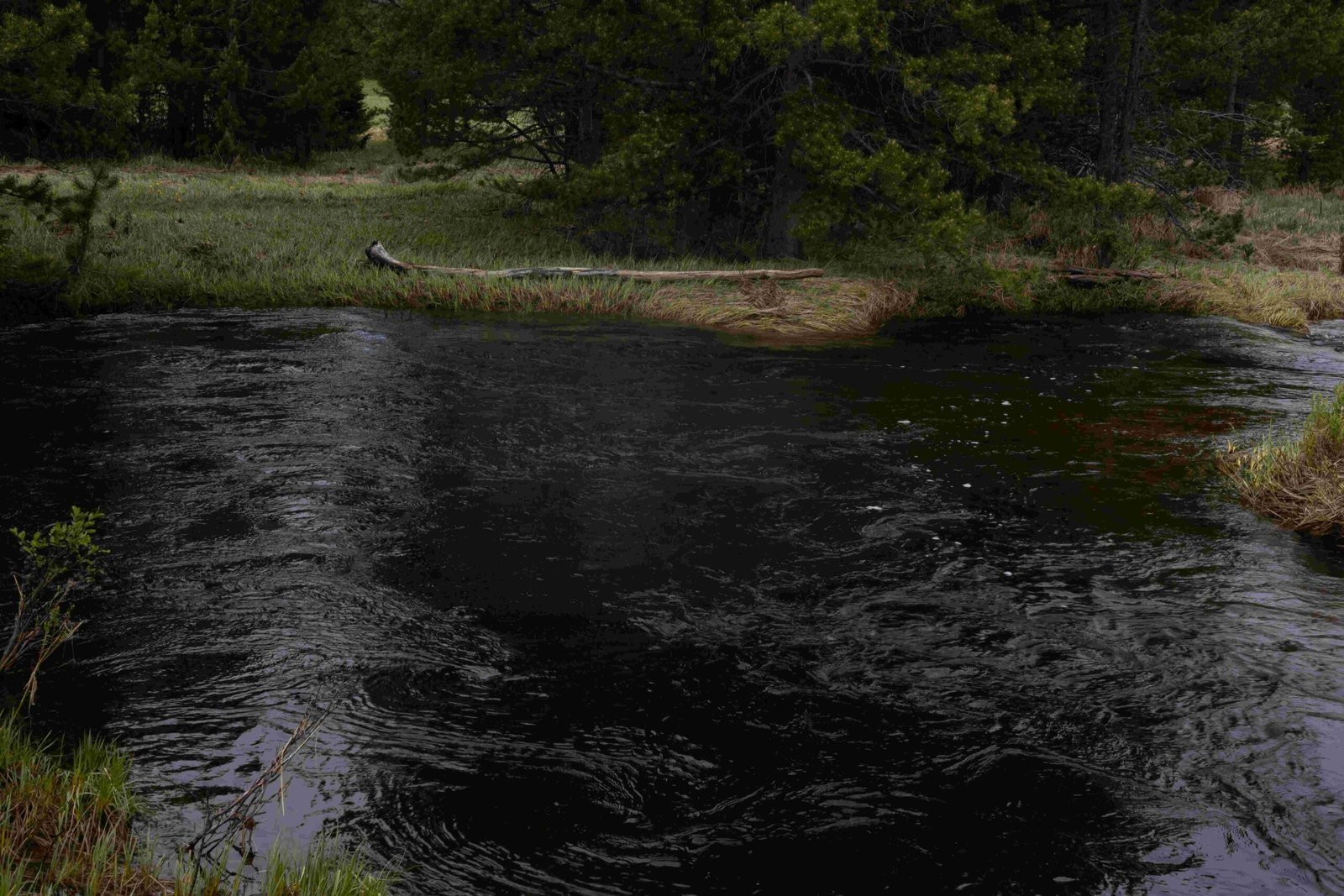Rocky Mountain National Park offers breathtaking landscapes and challenging trails for solo backpackers. With over 350 miles of hiking trails, diverse ecosystems, and stunning alpine scenery, it’s a paradise for adventurers seeking solitude and natural beauty. This guide covers essential information on trails, permits, safety tips, and gear recommendations for solo backpacking in Rocky Mountain National Park.
What Are the Best Solo Backpacking Trails in Rocky Mountain National Park?

Rocky Mountain National Park boasts several exceptional trails for solo backpackers. Here are some of the top options:
- North Inlet Trail
- Length: 19.8 miles round trip
- Elevation Gain: 2,314 feet
- Difficulty: Moderate
- Duration: 2-3 days
-
Highlights: Waterfalls, alpine lakes, meadows, Rocky Mountains
-
Tonahutu Loop
- Length: Over 26 miles
- Elevation Gain: Approximately 3,900 feet
- Difficulty: Moderate to challenging
- Duration: 3-5 days
-
Highlights: Continental Divide Trail, extensive views, spur hike options
-
East Inlet Trail
- Length: 18.5 miles
- Elevation Gain: 3,600 feet
- Difficulty: Moderate
- Duration: 3 days
-
Highlights: Alpine lakes (Fourth and Fifth Lakes), off-trail sections
-
Glacier Gorge and Long’s Peak Loop
- Length: 16 miles (base loop)
- Elevation Gain: 2,500 feet (base loop)
- Difficulty: Variable (depending on side hikes)
- Duration: 3-6 days
-
Highlights: Long’s Peak, Glacier Gorge, Chasm Lake, Estes Cone
-
Long’s Peak via the Keyhole Route
- Length: 15 miles round trip
- Elevation Gain: Over 4,500 feet
- Difficulty: Challenging
- Duration: 2 days
- Highlights: Boulderfield, Keyhole formation, Long’s Peak summit
How Do I Obtain Camping Permits for Solo Backpacking?

To camp overnight in Rocky Mountain National Park’s backcountry, you’ll need a Wilderness Overnight Backpacking Permit. Here’s what you need to know:
- Advance Reservations: Not available during winter. For other seasons, reserve in advance but pick up in person.
- In-Person Permits: Available on a first-come, first-served basis during winter and for remaining spots in other seasons.
- Winter Permits: Must be picked up in person. No digital or printed copies accepted.
- Fire Impacts: Check for temporary trail and campsite closures due to recent fires.
What Are the Essential Safety Tips for Solo Hiking in Rocky Mountain National Park?
When embarking on a solo backpacking trip in Rocky Mountain National Park, safety should be your top priority. Here are some crucial tips:
- Navigation
- Carry a map, compass, and GPS device or smartphone with GPS app
- Know how to use these tools and bring extra batteries
-
Inform someone of your itinerary and expected return time
-
Wildlife Encounters
- Be aware of wildlife such as bears, elk, and moose
- Store food and scented items in bear boxes or hang them properly
-
Make noise while hiking to avoid surprising animals
-
Weather Preparedness
- Check weather forecasts before and during your trip
- Be prepared for sudden weather changes, especially at high elevations
-
Bring layers of clothing and a waterproof jacket
-
Emergency Protocols
- Carry a first aid kit and know basic first aid
- Bring a personal locator beacon (PLB) or satellite phone for areas without cell coverage
- Know how to start a fire and have an emergency shelter plan
What Gear Should I Pack for Solo Backpacking in Rocky Mountain National Park?
Proper gear is crucial for a safe and enjoyable solo backpacking experience. Here’s a recommended gear list:
Shelter and Sleep System
- Lightweight, waterproof tent (e.g., Big Agnes Fly Creek, MSR Elixir)
- Sleeping bag rated to at least 20°F (-7°C) (e.g., Western Mountaineering VersaLite, Feathered Friends Snowbunting)
- Sleeping pad for insulation
Cooking Equipment
- Lightweight backpacking stove (e.g., MSR WhisperLite, Jetboil Flash)
- Fuel
- Lightweight cookware (titanium pots and pans)
- Eating utensils
Clothing
- Base layer (moisture-wicking)
- Insulating layer (fleece or down)
- Waterproof jacket and pants
- Sturdy, waterproof hiking boots or trail running shoes
- Hat, gloves, and scarf for colder conditions
Miscellaneous
- Bear box or bear bag for food storage
- Headlamp and extra batteries
- First aid kit
- Emergency shelter (e.g., bivy sack)
- Water filtration system
- Navigation tools (map, compass, GPS device)
- Sun protection (sunscreen, sunglasses, hat)
How Can I Minimize My Environmental Impact While Solo Backpacking?
Practicing Leave No Trace principles is essential for preserving the natural beauty of Rocky Mountain National Park:
- Plan ahead and prepare
- Travel and camp on durable surfaces
- Dispose of waste properly
- Leave what you find
- Minimize campfire impacts
- Respect wildlife
- Be considerate of other visitors
What Are Some Unique Challenges of Solo Backpacking in Rocky Mountain National Park?
Solo backpacking in Rocky Mountain National Park presents unique challenges:
-
Altitude Sickness: The park’s high elevation can cause altitude sickness. Acclimatize properly and stay hydrated.
-
Isolation: Be prepared for limited human contact and self-reliance in emergencies.
-
Weather Extremes: Rapid weather changes can occur. Be prepared for sudden storms, even in summer.
-
Wildlife Encounters: Know how to handle encounters with bears, moose, and other wildlife safely.
-
Navigation: Some trails may be poorly marked or covered in snow. Strong navigation skills are essential.
By addressing these challenges and preparing adequately, solo backpackers can have a safe and rewarding experience in Rocky Mountain National Park’s stunning wilderness.

